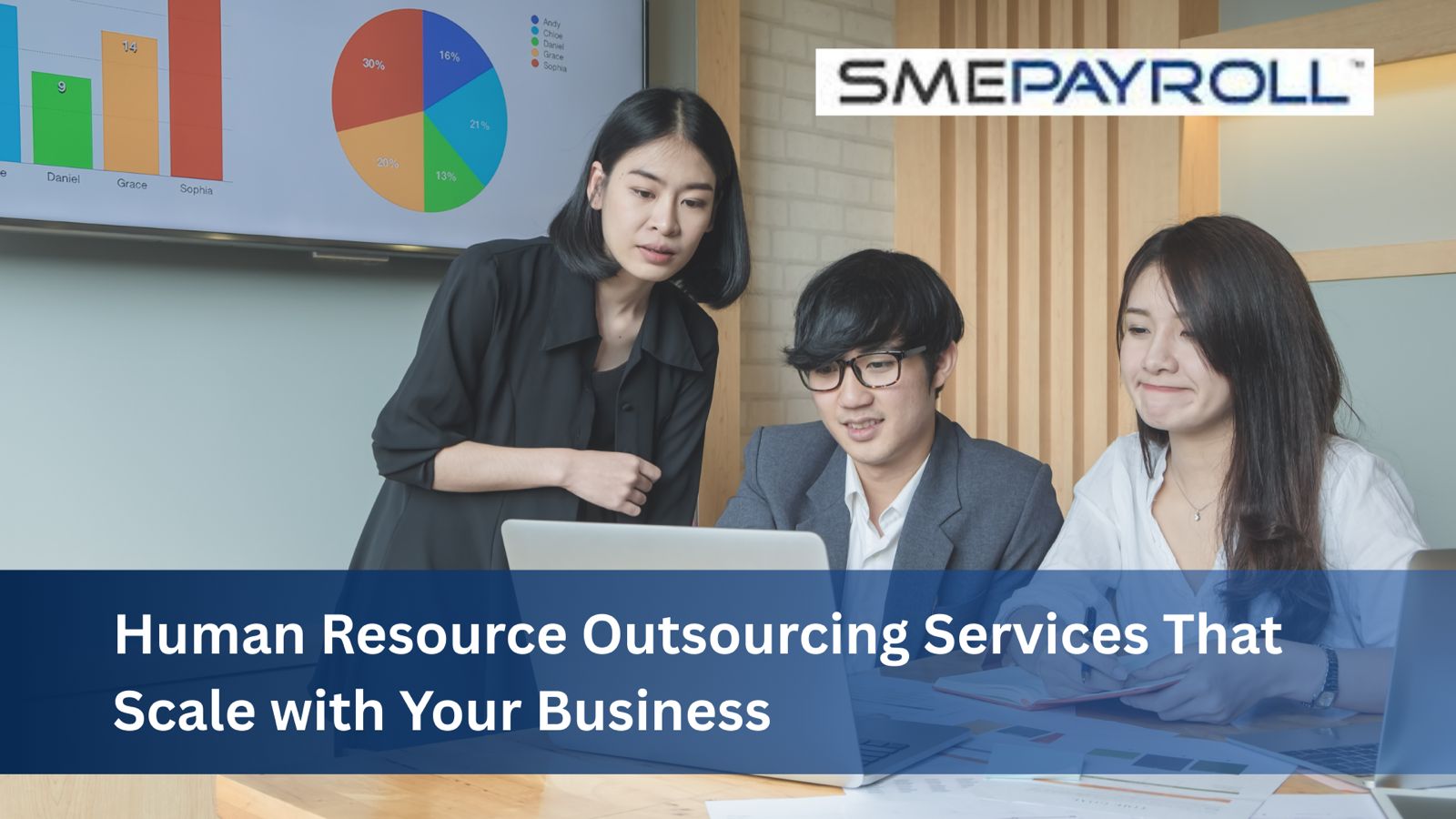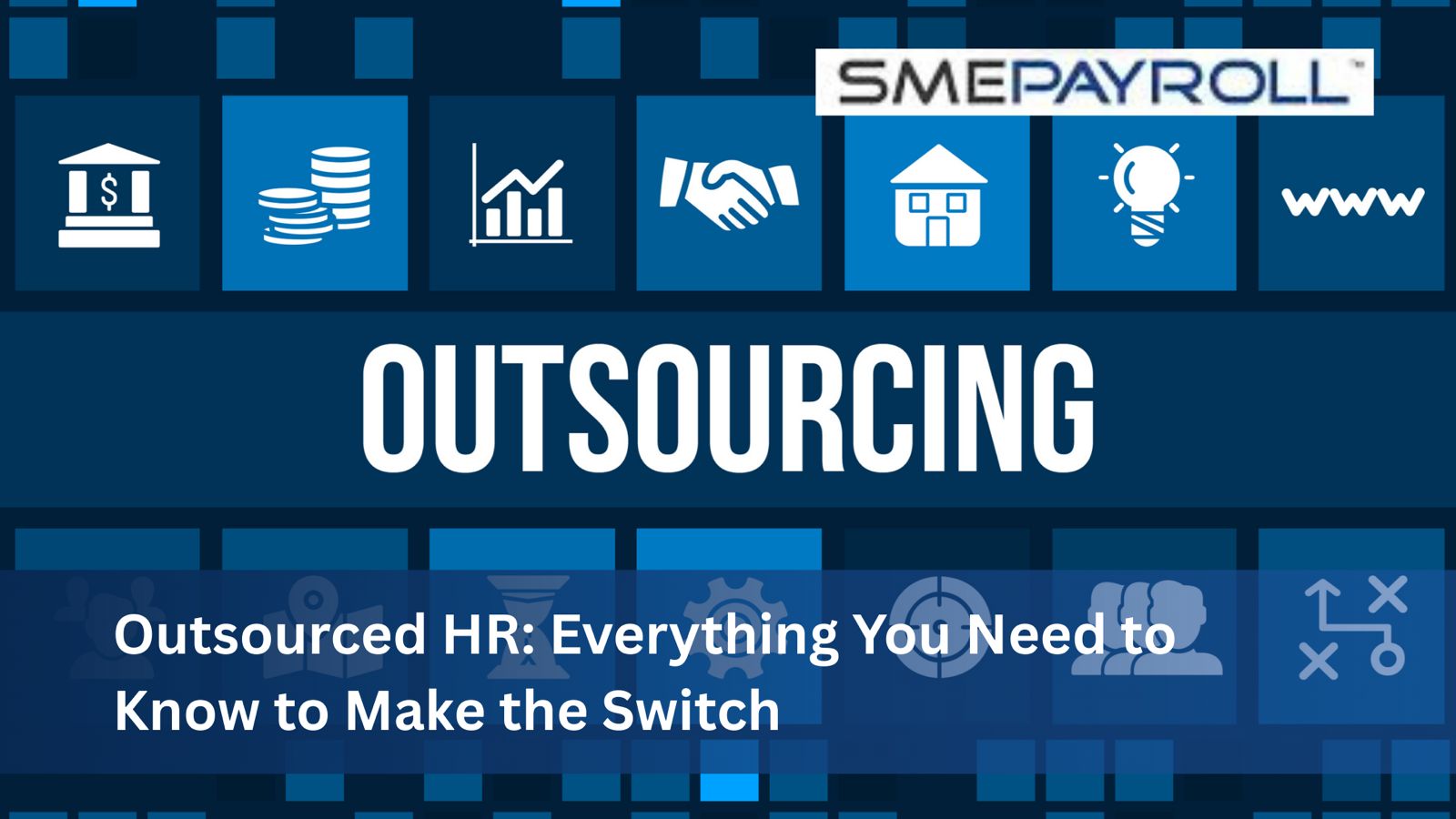Table of Contents
Introduction
A few days ago, I met a friend who is working at a mid-sized tech company. She told me that a couple of years ago, they were finding it very difficult to deal with HR work. They were suffering from payroll mistakes, having a hard time dealing with compliance, and many other problems.
Their HR team was so busy dealing with these problems that they barely had time to focus on anything else.
She told me that then they decided to try HR outsourcing and see, it was the best decision they could ever make to deal with all the problems. Within a few months, their payroll came back on track, and compliance was handled automatically.
That is the beauty of human resource outsourcing (HRO). With an HRO, you pay only for what you use, and there is always the relief of knowing that experts have your back on compliance and efficiency.
It is not the case with just my friend. The global HRO market was $36.6 billion in 2022, and experts say it is going to keep growing around 4.9% every year until 2030.
Let’s understand everything about it better.
Understanding Scalable HR Outsourcing
Scalable HR outsourcing Changes and grows with your business. If your business starts doing well, it grows with you, and if things slow down, it can scale it back.
It can cover all sorts of services like:
- Payroll Process: taking care of salaries and all government filings automatically.
- Benefits Administration: handling health insurance and pensions in all the parts employees love.
- Recruitment: finding the right people and making sure they are onboarded smoothly.
- Compliance Management: making sure you are following all the labour laws and regulations.
- Training and Development: helping your team build skills and stay engaged, so they stick around.
Businesses can outsource one function or multiple functions under a modular or full-service model. It is built to adjust as your business changes.
Benefits of Scalable HR Outsourcing Across Business Stages
Start-Ups and Small Businesses
- Cost Efficiency: Instead of paying for a full in-house HR department, you get all the expertise without the overhead.
- Compliance Assurance: You get experts watching your back, who make sure you stay on the right side of labour and regulations.
- Competitive Benefits: You can offer health insurance and retirement plans that usually only big companies can afford.
Also Read: 8 Key Changes to Singapore CPF Contribution Rates
Growing Businesses
- Systems Scalability: When your business spreads across multiple locations, your HR processes need to keep up. Scalable HRO adapts as you grow, and then you don’t have to get stuck every time you open a new branch.
- Increased Productivity: According to a Paychex study, outsourcing can save a 50-employee company up to 570 hours a year. That is about $400,000 worth of productivity you can put back into your business instead of dealing with paperwork.
- Advanced HR Tech Access: Many providers now include analytics dashboards, so you can track workforce metrics and make smarter decisions.
Established Enterprises
- Global Consistency: When you are operating in multiple countries, consistent HR processes can feel like managing a lot of work at once. Scalable HRO, make sure your policies and workflows are standardised everywhere, so companies in Singapore get the same quality of service as those in London.
- Significant Cost Savings: For example, PepsiCo’s outsourcing initiative cut global HR costs by 20%. That is millions saved in terms of money.
- Strategic Capabilities: You also get access to advanced analytics for better workforce planning and make data-driven decisions before issues arise.
Benefits by Business Stage
| Business Stage | Key Benefits | Example |
| Startup/Small | Cost savings, compliance help, better benefits | Colorado startup grew from 12 to 50+ employees via PEO |
| Growing | Scalable systems, productivity gains, analytics | Healthcare provider cut onboarding time by 30% |
| Established Enterprise | Global reach, cost reduction, strategic analytics | PepsiCo reduced HR costs by 20% globally |
Key Factors When Selecting a Scalable HRO Partner
When you select an HRO provider, make sure that you research well about it well and think about what will actually work for your business:
- Service Flexibility: your needs today will not stay the same a few years later. Look for a provider that lets you add or drop services as you grow.
- Transparent Pricing: make sure you know exactly what you are paying for with a clear cost breakdown and zero hidden fees.
- Technology and Integration: your new HRO should be compatible with systems you already use and not force you to start from scratch.
- Compliance Expertise: make sure your provider knows the labour laws of the country you want to set up in, inside out.
- Dedicated Support: There should be a go-to account manager to answer you whenever you need help.
Deloitte found that 59% of businesses go for outsourcing because it is flexible, and 57% do it to save costs. So if those are on your priority list, you are in good company.
Common Challenges and Solutions
| Challenge | Solution |
| Loss of Control | Retain strategic HR in-house, outsource transactional tasks |
| Communication Gaps | Appoint a liaison, set regular check-ins with the provider. |
| Data Security Risks | Ensure provider meets ISO 27001/SOC 2 compliance standards. |
| Employee Resistance | Communicate benefits clearly, provide training on new systems. |
Best Practices for Smooth Integration
If you want your HRO partnership to work, you have to set it up the right way from the start.
Assign a Dedicated Internal Contact
One person on your side should be the go-to for all HRO communications. It keeps things organized and avoids confusion.
Define Responsibilities Clearly
First, decide who will be handling what, so there’s no awkward “I thought you were doing it” scenarios.
Integrate Systems
Make sure your internal tools and your HRO’s platform are integrated. That way, data flows right without double entry.
Keep Communication Open
Treat your HRO as a part of your team. Let them in on planning meetings when it’s relevant.
Review Performance Regularly
Set KPIs (like payroll accuracy or resolution time) and check in often to make sure everything is going fine
Also Read: Navigating the Challenges of New Employee Onboarding
Conclusion
A lot of people still think HR outsourcing is about cutting costs. But in reality, it is actually a growth tool.
Think about it: if you’re a small startup, you can get expert help with compliance without hiring a whole HR team.
And if you’re running a big company across multiple countries, you can keep everything consistent and efficient worldwide.
I have seen companies save money and turn HR into a real strategic asset.
The trick is choosing the right partner and making sure they’re integrated into your processes, so your HR support grows right alongside your business.






















Leave feedback about this